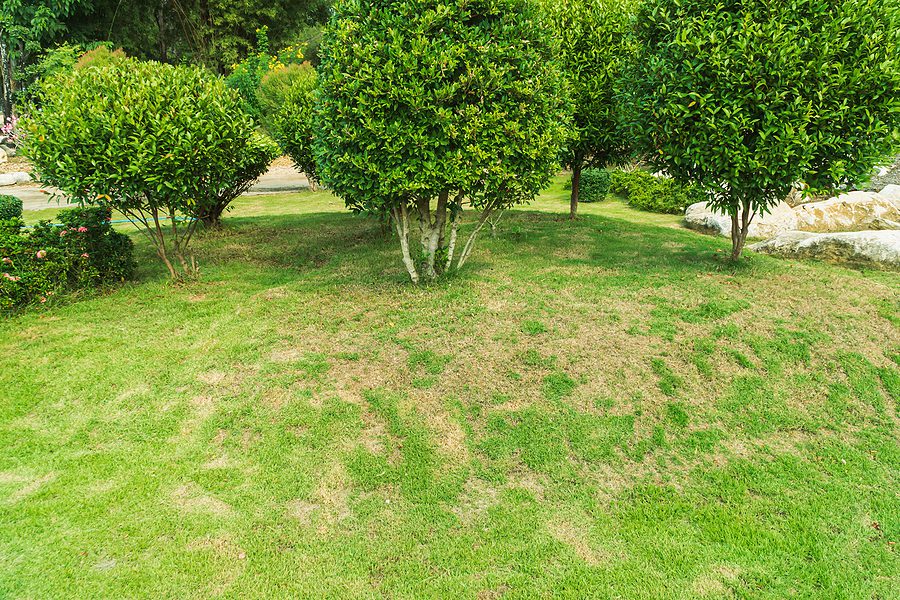Albuquerque Lawn Diseases and Mold Eradication Action Plan

Lawns may get infected with certain illnesses. The most prevalent lawn disease that makes grass orange or rust-colored, particularly Kentucky bluegrass and perennial rye grass, is probably rust. “Lawn rust” is a rusty powder that appears on your shoes in the late summer or early autumn.
The remedy for rust and many ailments is as simple as altering your lawn-care routine. If available, get disease-resistant grass seeds, mow at the suitable height, fertilize sensibly, aerate compacted soil, and water correctly (do not overwater, water early in the day). Additionally, every year, test the pH of your soil to ensure that it has the proper amounts of phosphorus, potassium, and other nutrients that your grass needs.
It is seldom necessary to use fungicides, which are insecticides that manage fungus. Since fungicides are designed to be preventive, once the grass becomes brown, it is too late to use them. It is best to alter your lawn-care practices.
Like this, if mushrooms appear after a rain, don’t be alarmed. As the earth dries out, they will vanish. An arrangement of mushrooms known as a fairy ring forms a circle. This implies the presence of fungus underground. Once again, there is nothing to worry about. It will vanish with drier weather, mowing, and little fertilizer. You may treat them as a bare area if they continue.
It’s slime mold if you see a slimy, vibrant spot covering your lawn. Simply wait for the weather to clear up, and the mold will dry up and become gray. Most likely, you can mow them down. Don’t use a hose to add water. Add no chemicals. Raking the grass might assist the drying process go more quickly and bring in some fresh air.
